How the ‘Sunset Route’ Railroad Helped Diversify California
The connection between New Orleans to Los Angeles can still be felt today.
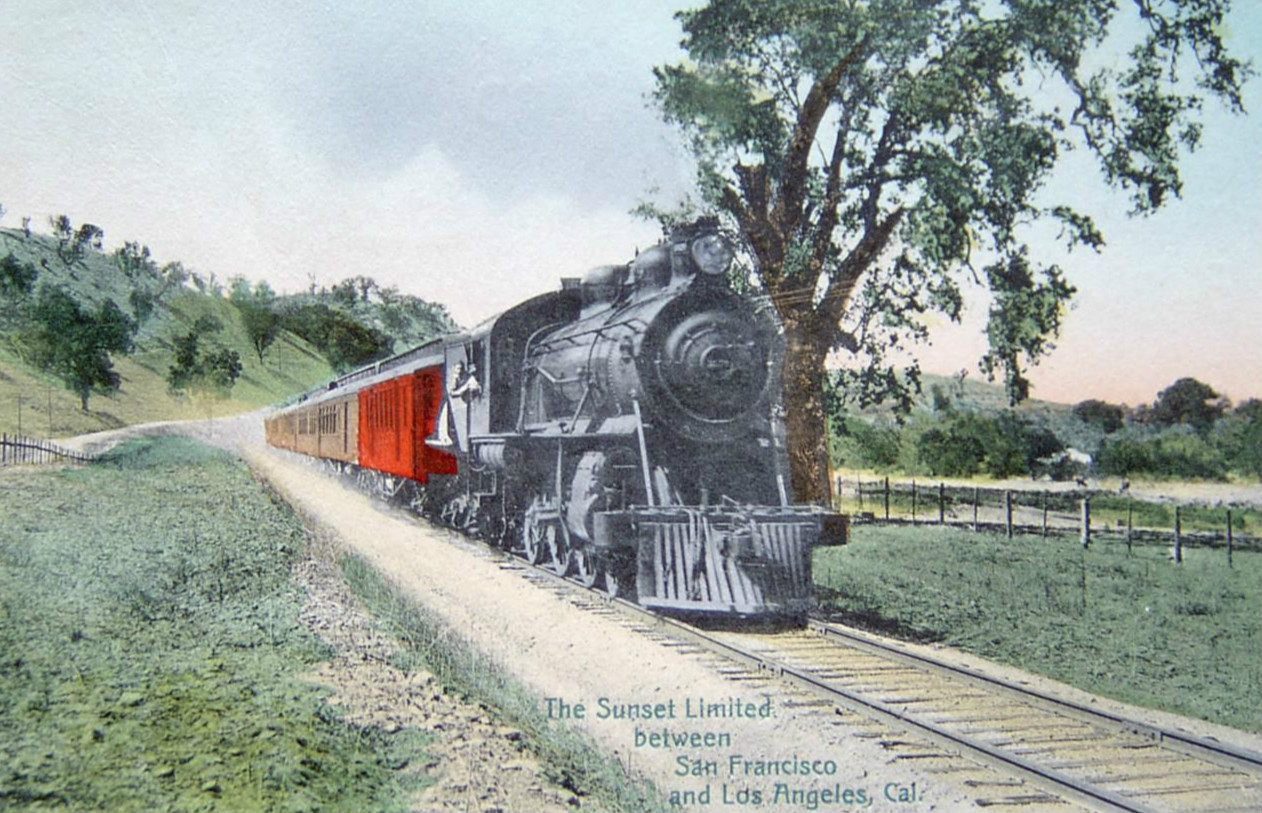
In February 1883, the Southern Pacific Railroad created a new path for Americans who wanted to head out West. Its transcontinental “Sunset Route” was officially completed, connecting New Orleans directly to California. This innovative transit line, the second transcontinental connection, between the Southeast and the Pacific not only brought new commerce to the wild, wild West, but shifted migratory patterns in a way that changed the relatively new state of California. In particular, Los Angeles’s present-day black population has creole influences that are a direct result of the Sunset Route.
The four railroad barons responsible for this ambitious reach across the nation were Collis P. Huntington, Charles Crocker, Leland Stanford, and Mark Hopkins. The ever-competitive Huntington sought to capitalize on his company’s 85 percent dominance over California’s tracks by laying down a railway through the South. Through his own capital and funds from the other three (targeted bribery, too), Huntington gained control of several smaller railroads, giving birth to the Sunset Route. (It should be noted that it was completed and connected thanks to the low-paid and dangerous labor of Chinese immigrants.)
The route covered a whopping 9,000 miles of track, by modest approximation. And just like that, the “Big Four” had achieved a stranglehold over the shipping industry on the Pacific seaboard, which ensured that their interests in the ports there would be taken seriously. As an added bonus, this railroad pushed commercial freight through Los Angeles, which fueled the subsequent “speculative land bubble” that took off later in the decade.


Faustina DuCros, a sociologist at San Jose State University, says that while “California has seen several phases of economic boom,” the financial gains the Sunset Route brought to the state were particularly pivotal to its economy. “The rail lines to the West were integral to its development ever since they were being constructed,” she says. Case in point: The four barons could charge high shipping rates to make back their considerable investment. For a city whose primary form of transit had historically been ox-carts and wagons, the Sunset Route helped open Los Angeles up to global economy for the first time.
As a result of the economic possibilities California was then glittering with, the state began to attract people from other regions of the country. Specifically, black Americans from the South began migrating in large numbers to Los Angeles in the 19th and early 20th centuries. “Many of the black Southerners moving West were escaping racial inequality that came out of Jim Crow segregation,” DuCros says. “[They were] looking for better work and educational opportunities for their family.”
This straight shot to California—fair-weather, year-round—made starting a life there relatively painless, but really, anything was better than the alternative. The number of black Southerners and their descendants in California today reflect this common interest in leaving the shadow of slavery and segregation behind. “The growth of the black population in Los Angeles doubled from 1940 to 1950, and many new residents made their way via the rail lines,” DuCros says. Many of these migrants, who had traveled via the Sunset Route, settled in the central area of the city, which was close to the rail station and jobs. While some of these Southerners were seeking a new lifestyle and planned to find work once they arrived, some of them arrived in California through their work. “The Pullman porters were employed on the railroads and were often the Great Migration pioneers in the families moving westward because they had seen California on their routes,” DuCros notes.

Today, Los Angeles still reflects the Southern influences that were brought to California along the railroad. “Even now, there are remnants of what was once a bustling Louisiana community in South Los Angeles,” DuCros says. “You still see restaurants and businesses catering to Louisiana-inspired tastes. Some of the Catholic parishes in South Los Angeles had large population of parishioners from Louisiana, and clusters still remain to this day.”
The Southern Pacific Railroad’s Sunset Route is now known as Amtrak’s “Sunset Limited” train (making it the oldest named route in the country), and has been partially suspended since 2005, when Hurricane Katrina washed out part of the rail line. But its impact on Southern California is more durable.


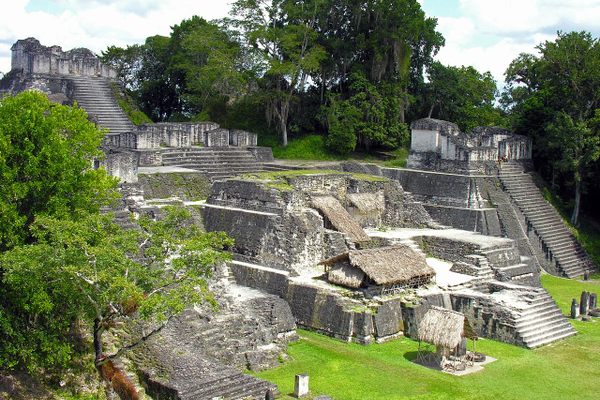

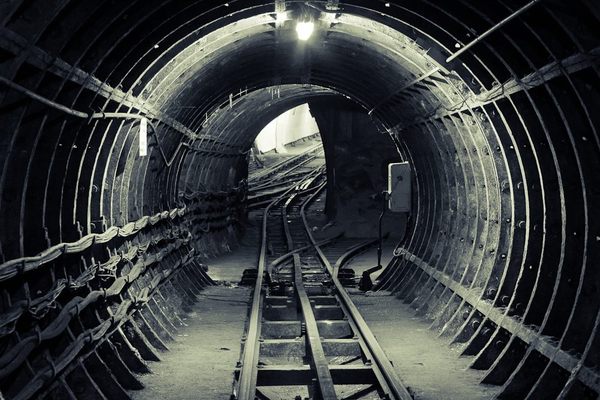
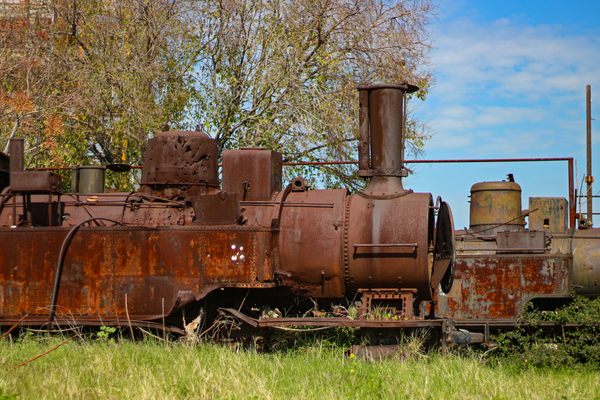
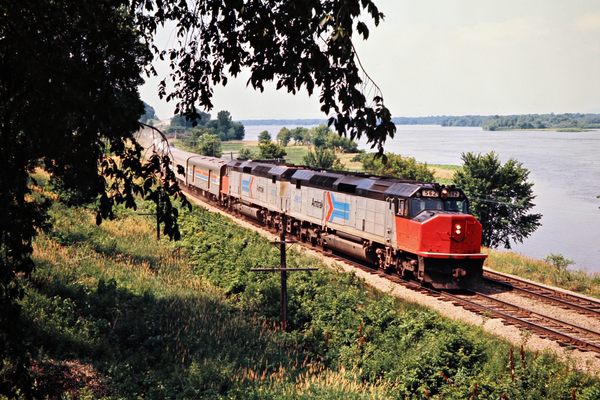
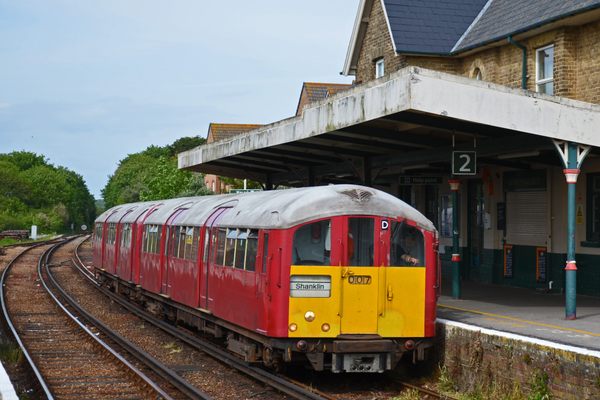











Follow us on Twitter to get the latest on the world's hidden wonders.
Like us on Facebook to get the latest on the world's hidden wonders.
Follow us on Twitter Like us on Facebook